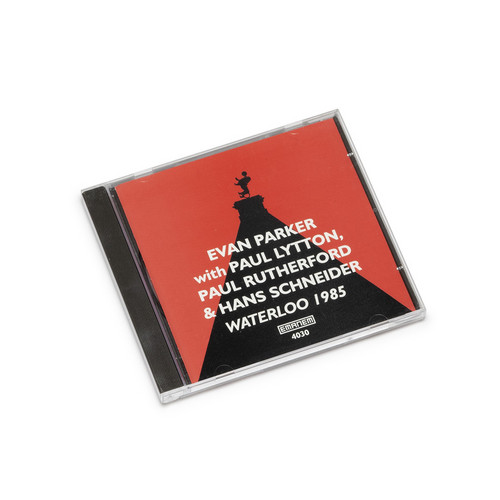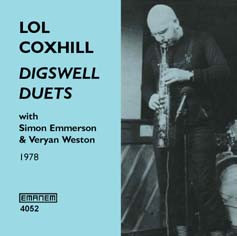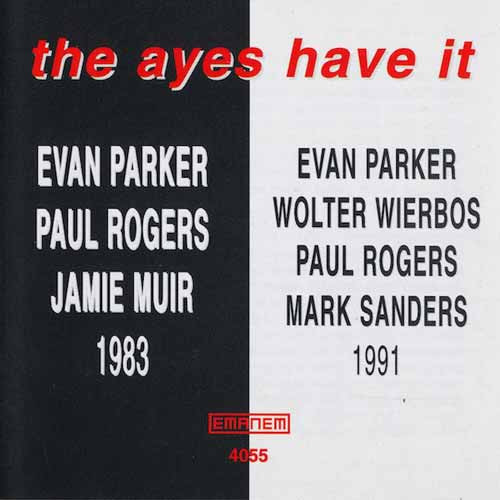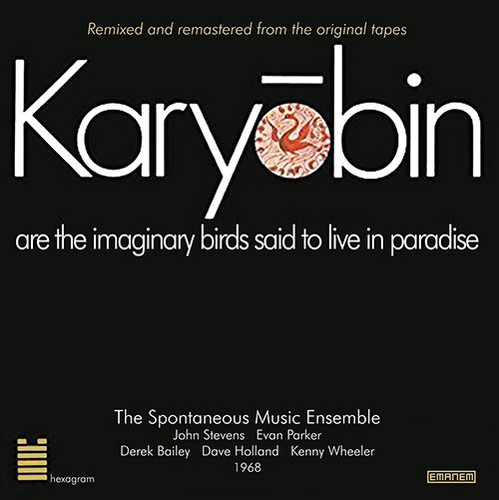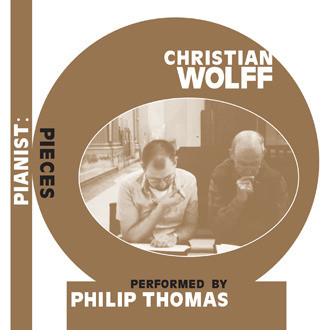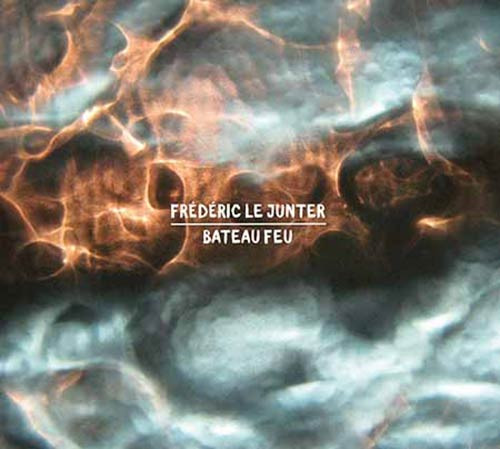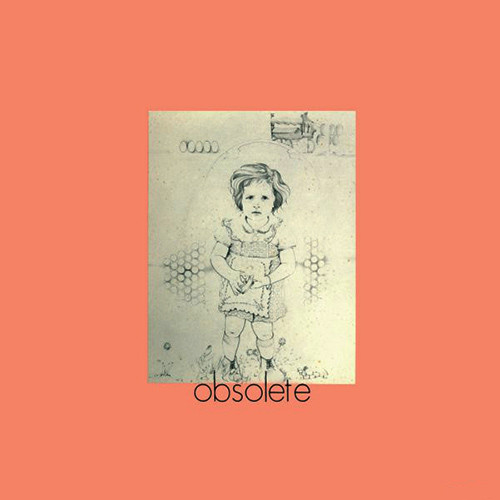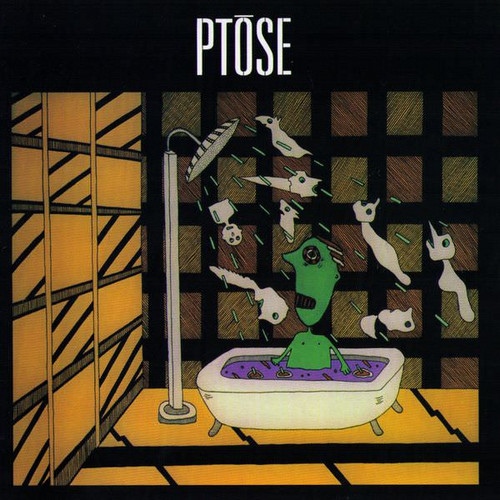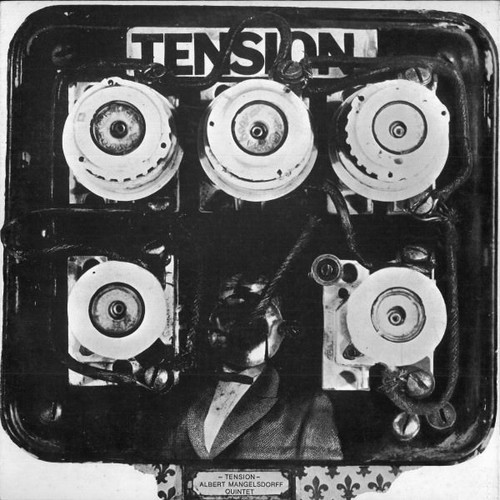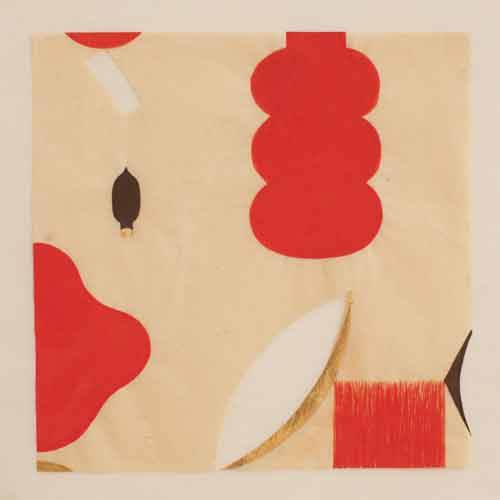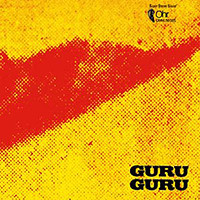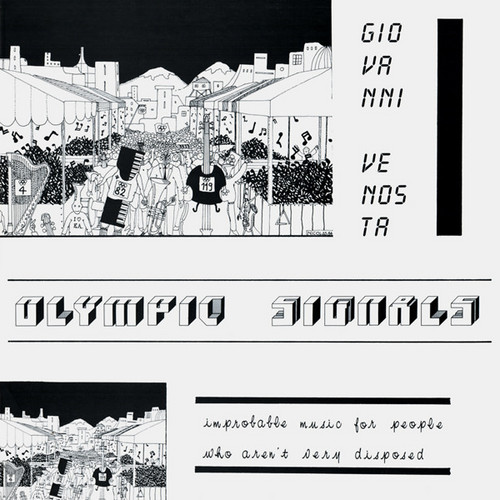Back in stock
Alone and together
Improvised unaccompanied soprano and sopranino saxophone solos of the usual high standard, plus duets with STEVIE WISHART (violin & hurdy gurdy) and MARCIO MATTOS (cello & electronics). All recorded in concert. 70 minutes - previously unissued.
Fixations (14)
Though saxophonist John Butcher is not short on instrumental prowess, his primary assets lie in the realm of ideas. On Fixations, Butcher has rejected conventional jazz thinking (swing, melodicism, harmonic cycles) in favor of creating his own personal language of improvisation. As Butcher puts it in the liner notes, "...improvisation can only make sense when it is somehow connected to the hope of finding, spontaneously, some music you don't really know about beforehand."
So the pursuit of a…
Digswell duets
The 39 minute duet with Simon Emmerson is an early example of interactive saxophone and electronics, wherein Emmerson modifies Coxhill's sound, and Coxhill reacts accordingly, etc. The 34 minute duet with pianist Veryan Weston is an early example of their very compatible duo, which is still going strong. Reissue of Random Radar RRR 005 with extra material from the same sessions. 73 minutes.
Karyobin
Invaluable CD reissue for Spontaneous Music Ensemble’s groundbreaking and inspirational Karyōbin (1968) - a pivotal moment in the history of free-jazz/improvised music featuring the combined talents of Derek Bailey, Evan Parker, Dave Holland, John Stevens and others, now presented by Martin Davidson’s lagendary Emanem label on its golden jubilee, remixed and remastered from the original tapes with new liner notes.The histories of free-jazz, with subsequent narratives of improvisation which grew…
Pianist: Pieces
As a body of repertoire, these works are remarkable for their freshness of musical thought and energy (John Cage considered Wolff to be the most 'musical' of the experimental composers). Christian Wolff uniquely blends experimental concerns with classical tendencies. In these pieces not only are older composers referenced (Ives, Schumann) but Wolff's love of clarity of line and transparency of texture betrays an empathy with Webern, Haydn and Bach. This aesthetic is, however, combined with a ten…
Bateau Feu
2025 stock ** Born in 1956, Dunkerque France, Frédéric Le Junter began in 1984 to construct instruments (strings, winds, percussions), with found objects, and then mechanical machines. He did also played with Pierre Berthet, Dominique Répécaud (Les Massifs de Fleurs), Silent Block, Marc Pichelin, Jean-Léon Pallandre. He also write songs. In Bateau Feu through the use of microphones we are completly inside the world of his sound machines. Powerfull, beautifull and unique !Highly recommended.
Complete Electro-Acoustic Works
**2016 restock, long deleted and few copies available** Major historical artifact of electronic music, issued on CD for the first time.This boxset features 3 CDs of audio, plus a bonus DVD disc; packaged with 2 bookets of notes & photos. Impressively done. Douglas Lilburn (1915-2001) is considered 'the father of New Zealand music'. After considerable success, he rejected composing for acoustic musical instruments and turned wholly to the creation of electronic works because he felt they would mo…
Obsolete
Few copies back in stock, totally sold out at source. Here's another Gong album no one seems to know about, as this is basically Gong plus poet/musician Dashiell Hedayat (otherwise known as Melmoth). Evidently the lyrical content (especially on the suite "Eh, Mushroom will you mush my room?") is hallucinogen-related, and if you are an early David Allen-period Gong fan, you are sure to love this one as it is classic 1971 Gong, replete with Malherbe sax solos and killer gliss guitar. Hedayat prove…
Ignobles Limaces
Ptôse possess an early electro-wave-experimental sound with lots of primitive electronics, drum machines, and funny voices. It is all obviously influenced by The Residents as well as groups like Tuxedomoon, Der Plan, Pyrolater, etc, yet remains unmistakably French. This album probably resonates even stronger today in these post-post times than it did upon its original release in 1984. Reissued on 180 gram vinyl.
Tension
** 2012 Audiophile Remastered Edition of 500 copies with Original 3page-Multi Fold Out Cover, long out of print, few copies available ** Incredible early work from one of Germany's greatest modernists – one of the key records that showed the world that German jazz was way more than just a rehashing of American modes in the postwar years! This rare 1963 recording features the quintet of trombonist Albert Mangelsdorff – a groundbreaking unit that includes tenorist Heinz Sauer, altoist Gunter…
La Niña Junco
Argentinian musician Federico Durand returns with his 2nd full length album on 12k following 2016’s A Través Del Espejo (12k1085). Taking his already minimalist composition style Federico challenged himself by using only one synthesizer for this beautiful album of sparse, hypnotic dustiness. His talent for creating works of so much emotion out of so little attest to his concentration when working and his passion for the craft. La Niña Junco is a handwoven gem. Music with a humble origin an…
Ufo
2016 repress of this 2014 reissue, the first authorized release of Hintensince its original 1971 release. German krautrock band Guru Guru was formed in 1968 as The Guru Guru Groove by Mani Neumeier (drums),Uli Trepte (bass), and Eddy Naegeli (guitar) (later replaced by AmericanJim Kennedy (guitar)). By the time of Guru Guru's debut in 1970, Ax Genrich had replaced Kennedy to solidify the classic Guru Guru line up. Guru Guru were related to the free jazz scene both through their work with Swiss p…
Le Foto Proibite Di Una Signora Per Bene
The vibrant soundtrack composed by the great Ennio Morricone for the 1970 fetishistic and dark Italian thriller Le Foto Proibite Di Una Signora Perbene influenced by the works of bossa-nova artist Antonio Carlos Jobim and featuring the unequaled and unsurpassed voice of soprano Edda Dell'Orso. Presented here on picture disc.Ennio Morricone's soundtrack to the obscure 1970 Italian thriller Le foto proibite di una signora per bene is a nerve-racking listening experience. In film, the atmosphere c…
Der Jesuspilz / Musik Vom Evangelium
"After their ultimate acid folk classic "Trips & traum", the duo is back with an other surprising effort whose concept is to convince (within a satirical dimension) that the bible is all about drugs. However it doesn't matter for those who don't speak German, let's be focuse on the music with its one more time brilliant and gorgeously pastoral, delicate and trippy. The introduction part (Liturgie) is a humorous little composition written in a very folkish vibe. "Schöpfung" is among my favour…
Music For Living Process
Two pieces by Japanese avant garde composers, performed in 1973. ("Music For Living Process" for Shakuhachi, flute, harp, percussion) & ("Cho-Etsu" for Shakuhachi, shell horns, percussion, harp). "On Music for Living, both composers present pieces that reflect a prominent influence of John Cage, which can be accredited to the fact that Ichiagi was a premier interpreter of Cage's music. The experimental work for violin incorporates elements of chance and improvisation; traditional Japanese modes …
Europa
A moody and tunnelling epic fuelled by exotic drums, Middle Eastern horns and cosmic synths that build to a thrilling climax, by by Asaf Samuel and Katzele, two of the founders of Tel-Aviv's 84% Creativity collective. This 2XLP album, Europa, is dedicated to and inspired by events in 2015 & 2016, which saw the spectre of global crisis come knocking at Europe's doorstep.During this time, more than a million migrants and refugees fled their homes in the Middle East, Northern Africa, sub-Sahara…
Olympic Signals
Giovanni Venosta’s Olympic Signals, is one of the great lost documents of the Italian avant-garde - the first solo outing from one of the movement’s seminal voices, most recognised for his collaborative work with Roberto Musci. In a sea of unjustly neglected works, Venosta’s debut rises from the tide time as a towering gesture of sonic creativity. A shimmering, complex wonder of overwhelming Minimalistic beauty. One of the great records of the 1980’s, that almost no one heard. Recorded 1…
